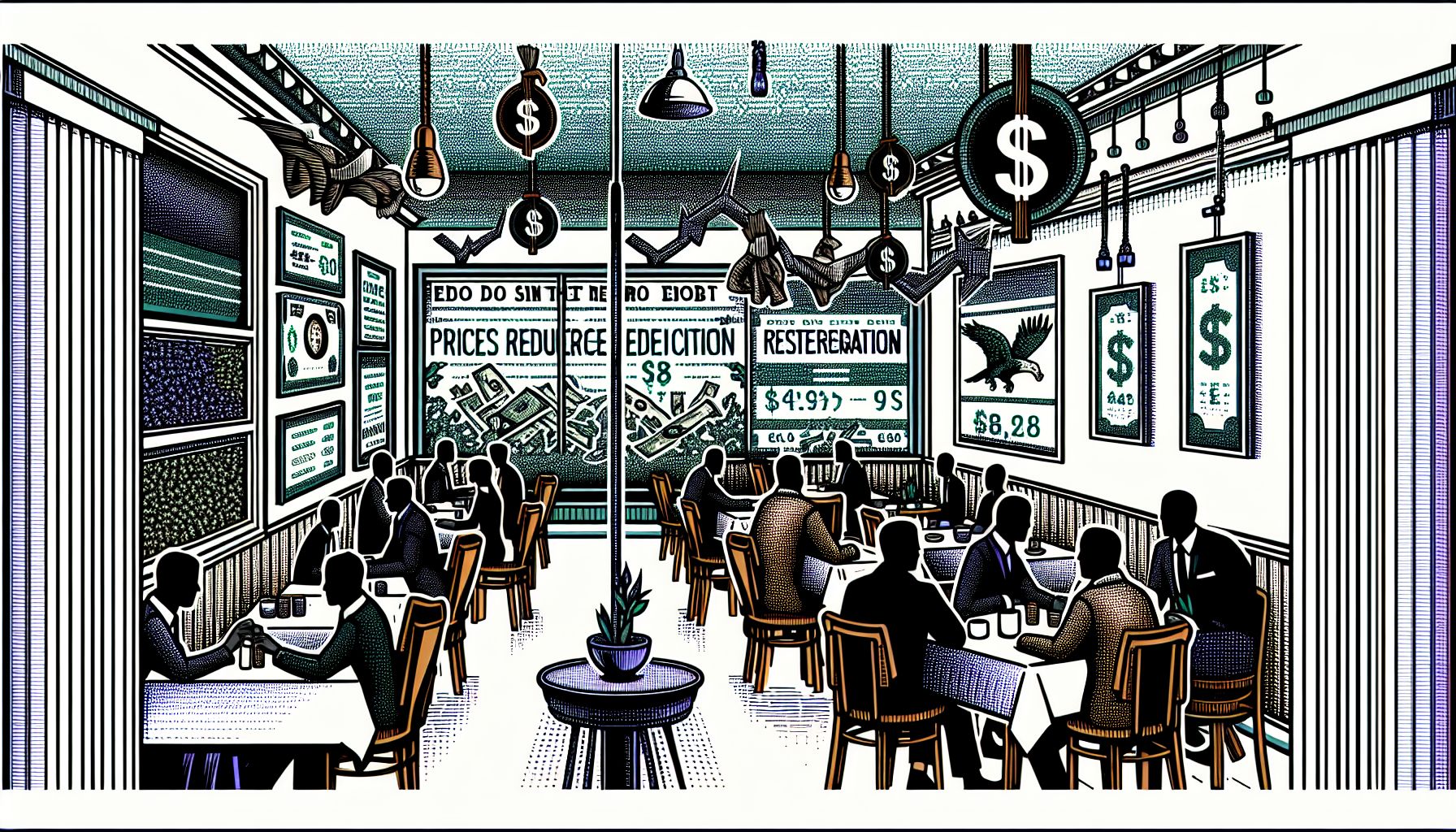Restaurants Slash Prices as Consumer Demand for Discounts Grows

New York, Wednesday, 13 November 2024.
Amid easing inflation, restaurants are reducing menu prices to attract cost-conscious diners. This shift reflects changing economic conditions and consumer behavior, with fewer operators raising prices compared to last year. The trend highlights the industry’s adaptation to evolving market dynamics and consumer preferences.
Economic Conditions Prompt Strategic Price Adjustments
As inflationary pressures begin to ease, restaurants across the United States are strategically lowering menu prices in a bid to attract more customers. This trend is underscored by recent data showing a modest increase in consumer prices by 2.6% in October 2024, up slightly from 2.4% in September[1]. The price of dining out, however, saw a marginal rise of only 0.2% from September to October, indicating a slowdown in the rate of price hikes[1]. This shift in pricing strategy is largely driven by consumer demand for affordability and the competitive pressures faced by quick-service restaurants, which have historically been more sensitive to price changes due to their consumer base’s price elasticity[1].
The Role of Inflation and Consumer Sentiment
The recent easing of inflation is a key factor contributing to this pricing trend. According to the University of Michigan’s Consumer Sentiment Index, sentiment rose to 69 in September, reflecting an overall improvement in consumer outlook as inflation expectations for the coming year decreased to 2.7%, the lowest level since December 2020[3]. This improved sentiment, coupled with a 40% increase since its low in June 2022, suggests that consumers are cautiously optimistic but remain vigilant about their spending habits due to ongoing economic uncertainties[3].
Labor Costs and Competitive Pressures
Despite the easing inflation, restaurants continue to face significant challenges. Wages at quick-service establishments have risen by 60% since 2017, compared to a 74% increase for full-service restaurants[1]. This wage growth, driven by a persistently tight labor market, puts pressure on restaurant operators to balance rising labor costs with consumer demand for lower prices. In this competitive landscape, quick-service restaurants have been more aggressive in reducing prices, as noted by Ara Kharazian from Square, who highlighted the intense competition these establishments face[1].
Potential Impacts of Policy Changes
Looking ahead, potential policy changes under the incoming Trump administration, particularly regarding tariffs, could further influence restaurant pricing strategies. While tariffs on key imports such as wine and avocados could impact costs, experts like Joe Brusuelas from RSM suggest that such effects may be secondary in the broader context of consumer pricing[1]. The extent to which these tariffs will be enacted remains uncertain, as they depend on congressional support and legal frameworks[1].